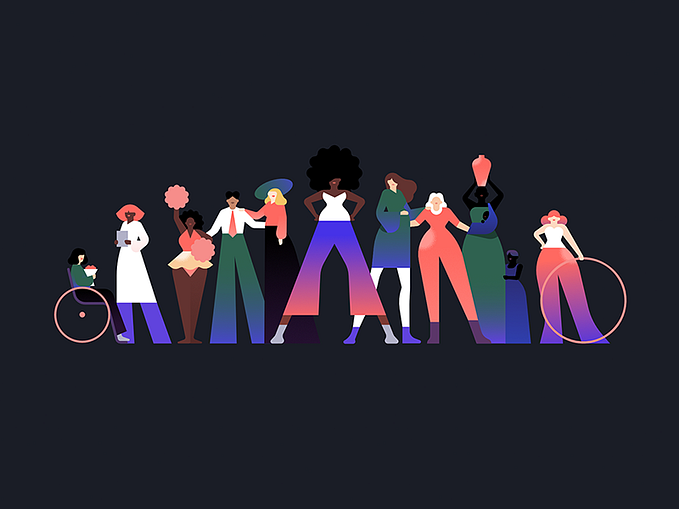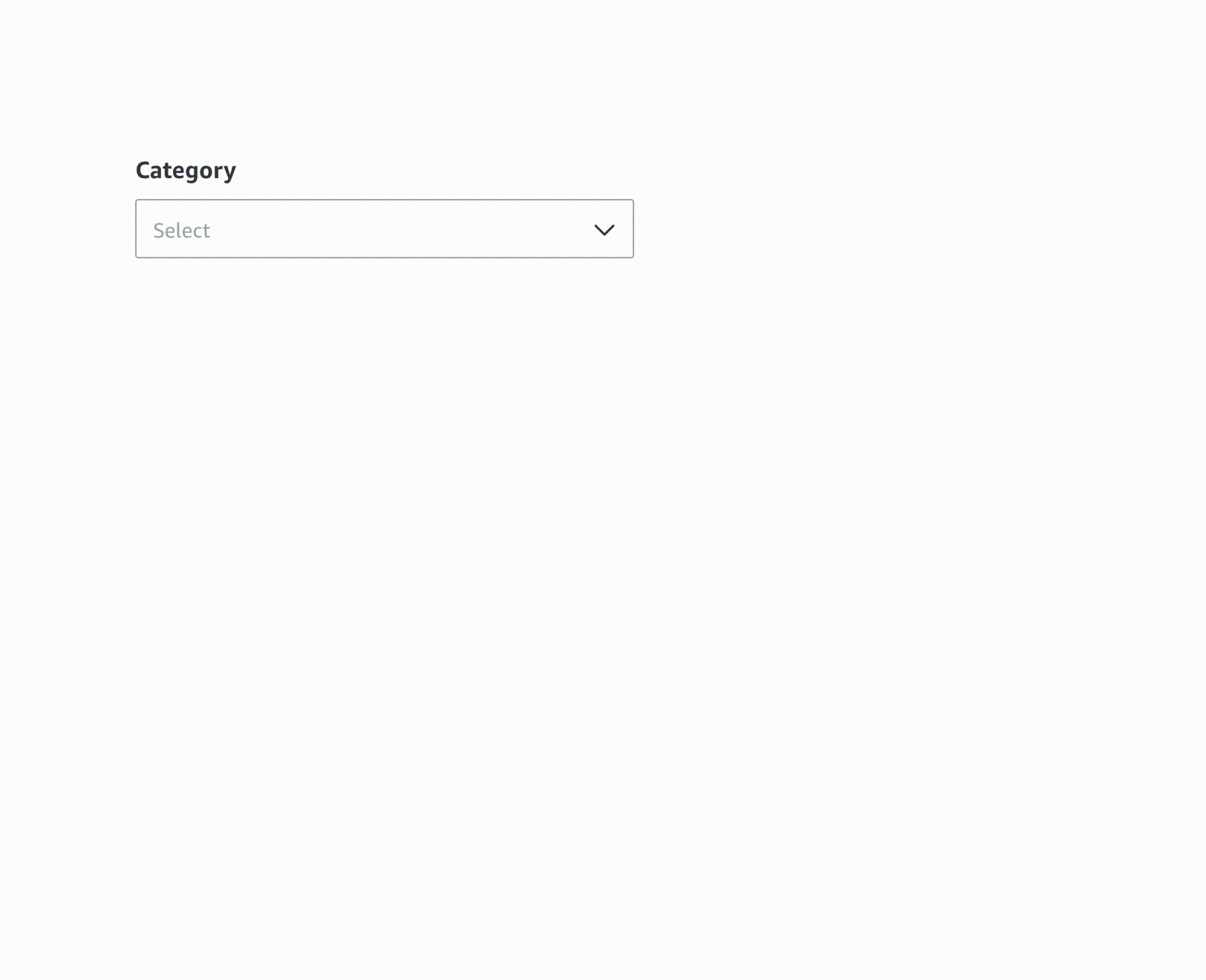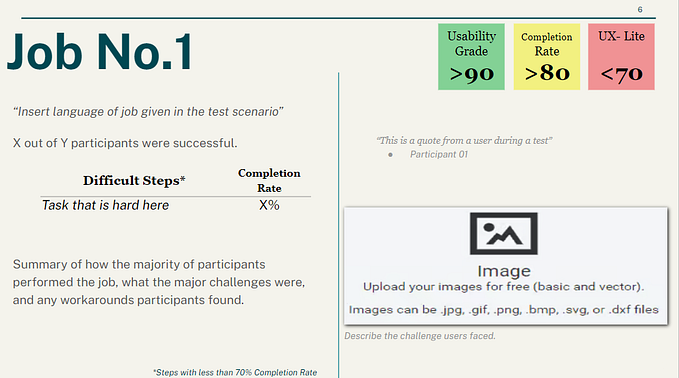Prototyping isn’t optional anymore
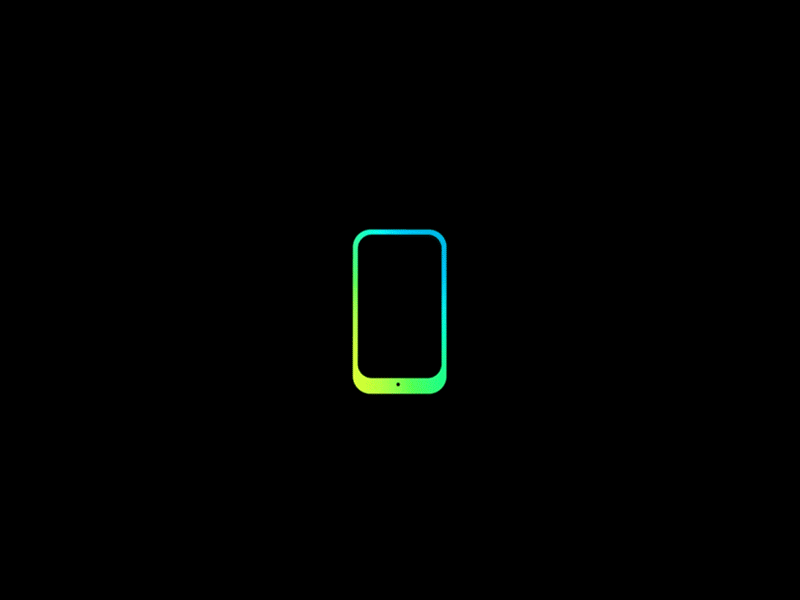
The ‘role’ of a designer has been a topic of discussion several many years now. In the past decade, the role of a Designer got split into several different roles like — Graphic Designer, User Experience Designer, Interaction Designer, etc.
Similarly, design has also evolved drastically. We went from focusing solely on physical/print design to web designing, to now designing for several forms of screens. (Linking this wonderful article that talks about this evolution)
Let’s focus on the last one for a moment, because that is where we are right now —
As designers, our focus and goal now are to create delightful experiences that work out all sorts of devices; that can also be consumed by the audience we intend to target. The designs go through their usual cycle of iterations and testing before they can be approved by the clients or stakeholders.
Up until a few years ago (in some cases, even now), the designs we’d create with a lot of love and care would be shared with our clients in the form of PDFs. Every single design software would offer to convert the designs created into a shareable PDFs or JPGs (they still do). Once in the stakeholders’ inbox, it was up to them to view it in the order we’d send. There was absolutely no way for them to identify the touch-points or follow a user journey unless it was documented separately.
Even though they might not be our end users, we need to make sure that the experience of the stakeholders is exceptional at all times.
Prototyping has completely changed the way we communicate!
A prototype allows users to interact with what would have been static screens.
This makes the experience feel a lot more personal and real than what it would have been. Rather than simply imagining it, users are able to access a functioning replica of the product first-hand and interact with it accordingly. Even if it is not a fancy prototype that has micro-interactions integrated, but a simple prototype that does the job, it would still be a HUGE step up in the experience for the user.
Design tools are empowering us designers to do the same.
Let’s take Invision for example —
Invision as a tool is primarily used for prototyping. In the initial versions of the software, designers would need to export every single UI screen created into an image, then upload each image. Once the upload was complete, they’d need to go into each and every screen, create a hotspot, and then link it to the subsequent screen. This process continued till all the screens in the prototype were interconnected.
When Invision figured how important prototyping was in the process of design, Craft as a plugin was introduced. Craft has completely changed the way we create prototypes. A simple click on the ‘C’ key allows the designer to quickly link their artboards to one another and export them into a prototype.
A note to all designers –
Make prototyping a part of your process. Whoever might be the consumer of your screens — clients for approval, users for testing, engineers for development; whoever they are, DO NOT hand them static screens.
Even if it a simple click-through prototype, put in the extra minutes or hours to create it, and then deliver your final interactive experience. Being Experience Designers, it should be our goal to offer our users the best possible experience, and static screens simply don’t cut it anymore.
Upping your game –
If you are interested in taking the experience of your designs further up a notch, you can check out the following link to choose a prototyping weapon of choice.
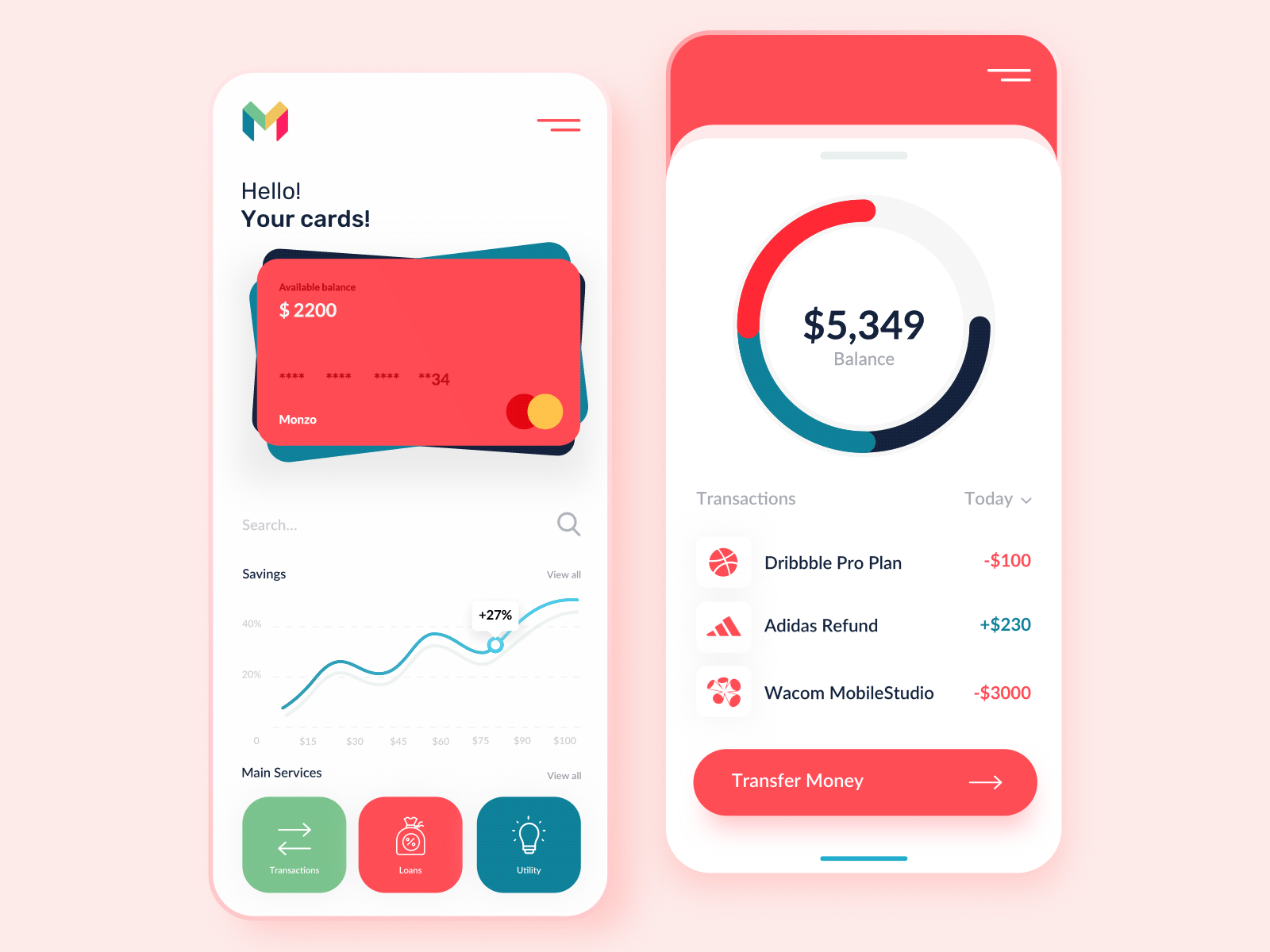
In my very first article, I wrote about the power of micro-interactions. You will find more information about creating interactive prototypes to further improve the user experience of your product in that article. Check it out, and prototype away!


